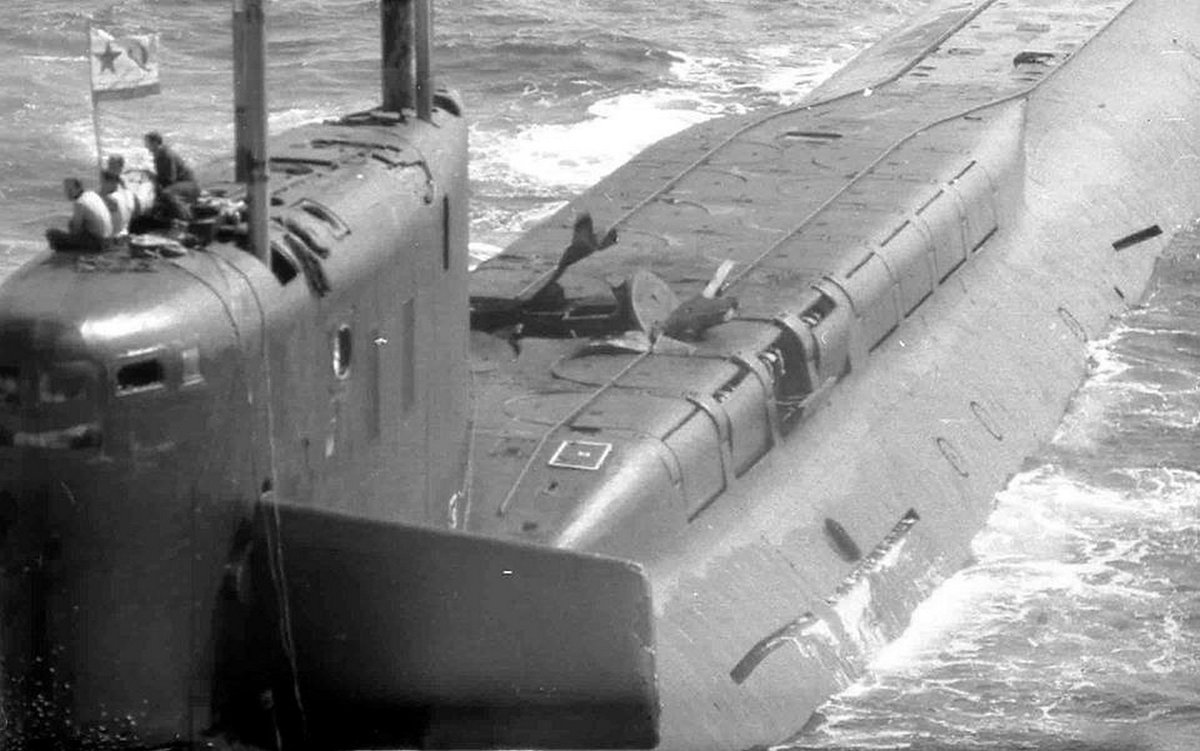
THREAD: Fifty-eight years ago today—October 27, 1962—was arguably the most dangerous day of the Cuban Missile Crisis, a day when tensions ran so high that World War III could have started by accident three separate times. 
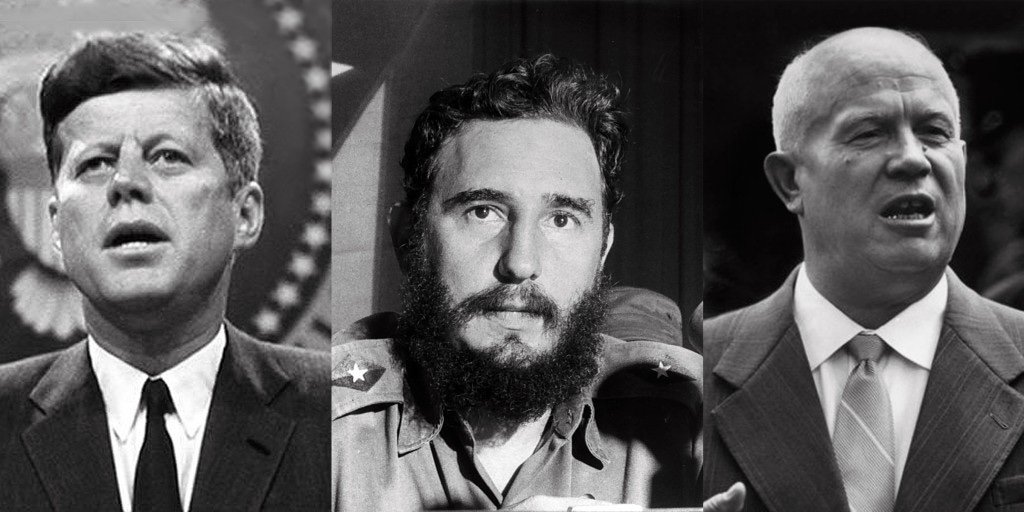
While flying a pre-planned air-sampling mission out of Eielson Air Force Base, Alaska, over the North Pole to collect debris from Soviet atmospheric nuclear tests, Capt. Charles Maultsby’s U-2 accidentally strayed into Soviet airspace for more than an hour … 


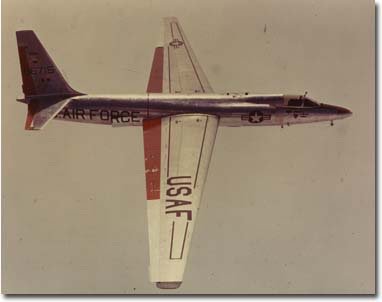
starting at 8:00am Alaska time (Noon in Washington, DC) because he was blinded by the aurora borealis and unable to navigate accurately using the stars. MiG fighters were scrambled from Pevek Airport on the Chukotka Peninsula at 11:56am EDT (and a little later from Anadyr) … 
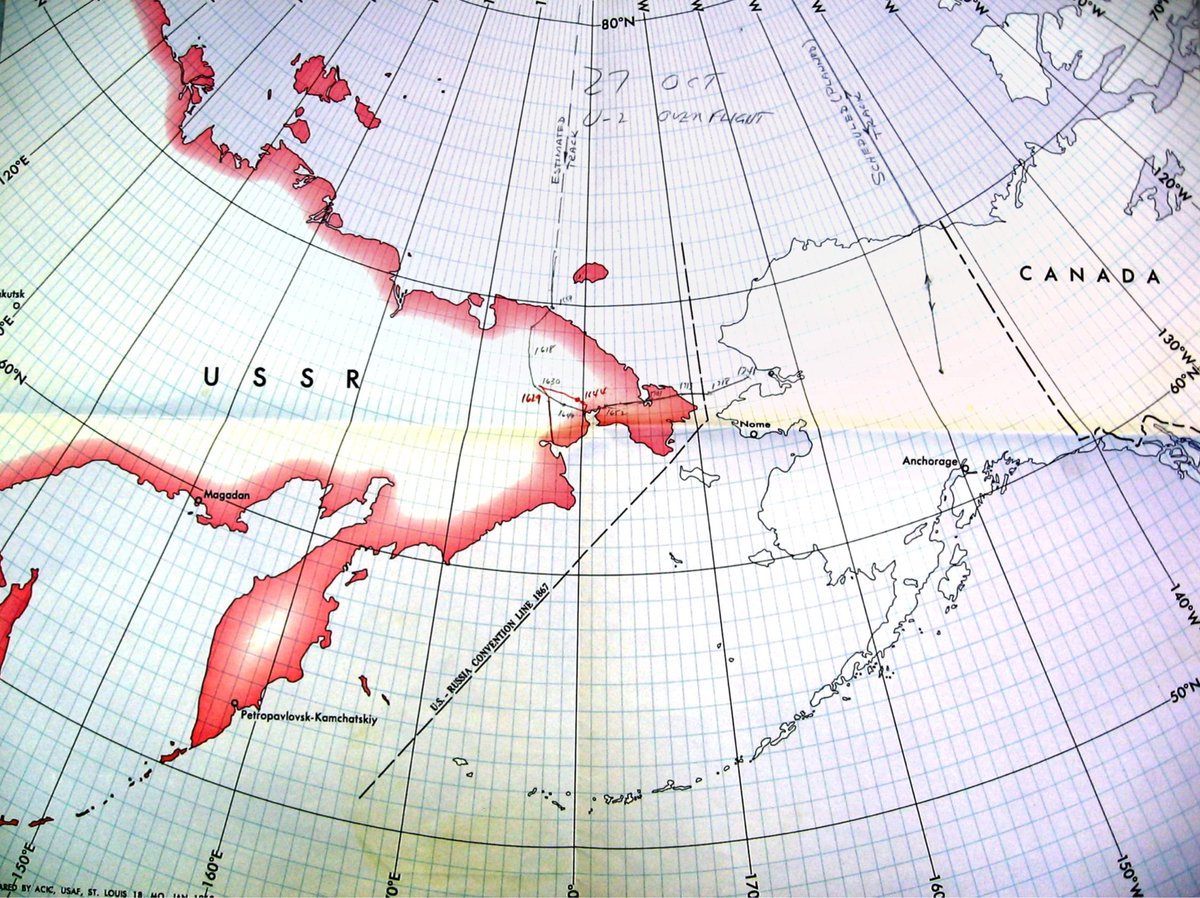
but were unable to shoot down the U-2. Although the Strategic Air Command was able to track Maultsby and the MiGs by eavesdropping on Soviet air defense communications, they were unable to share this information with him because those capabilities were a closely-held secret.
Instead, SAC guided Maultsby home by instructing him to turn left until Orion’s Belt was off his right wingtip (thereby flying westward and back to Alaska). Alaska Air Defense Command scrambled two F-102s from Galena Air Force Base to guide Maultsby home and intercept the MiGs. 
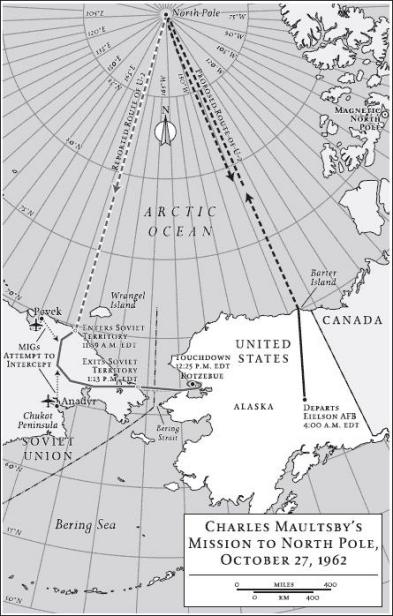
Because DEFCON 3 had been ordered earlier in the week, the conventional weapons normally carried by the aircraft had been removed and each F-102 Delta Dagger was now armed with a Falcon air-to-air missile carrying a .20-kiloton (20 tons) W54 warhead. 
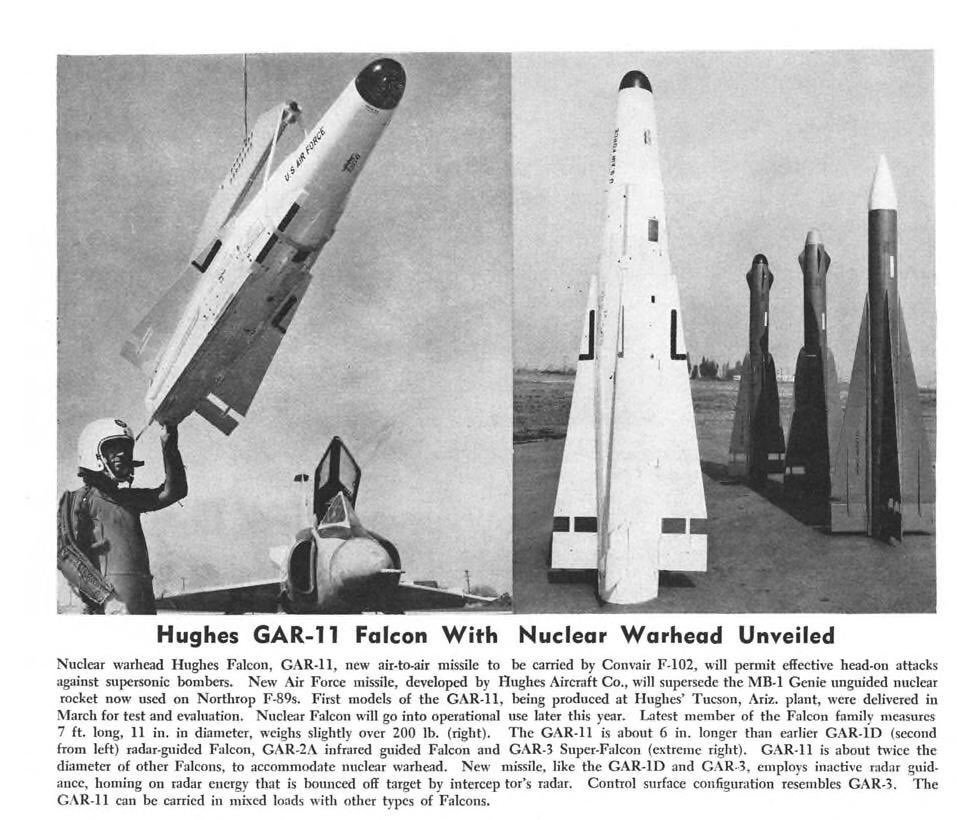
Maultsby actually ran out of fuel after leaving Soviet airspace and had to glide to a safe landing at a remote airstrip in Kotzebue, Alaska, at 2:25pm EDT, after flying 10 hours and 25 minutes (making his the longest U-2 flight on record).
Incredibly, SAC did not inform SecDef Robert McNamara of Maultsby’s wayward flight until 1:41pm EDT. McNamara hurriedly left a meeting with the Joint Chiefs of Staff and telephoned President Kennedy four minutes later. The Pentagon notified the State Department at 1:47pm EDT. 

President Kennedy famously said of this very dangerous incident, "There is always some son-of-a-bitch who doesn't get the word." But Maultsby was not at fault because no word had ever been given. No one at SAC had thought to review or suspend these flights during the crisis.
McNamara immediately ordered a second U-2 air-sampling mission to the North Pole already in the air to be recalled and subsequently canceled all U-2 air-sampling missions pending a full USAF investigation into Maultsby’s errant flight (which remains classified to this day).
Meanwhile, Strategic Air Command rushed the first Minuteman 1A ICBM onto full alert at Launch Facility A-06 at Malmstrom AFB, Montana (some sources say this happened on October 26). Five more followed by October 30. Test missiles were also made war ready at Vandenberg AFB, CA. 
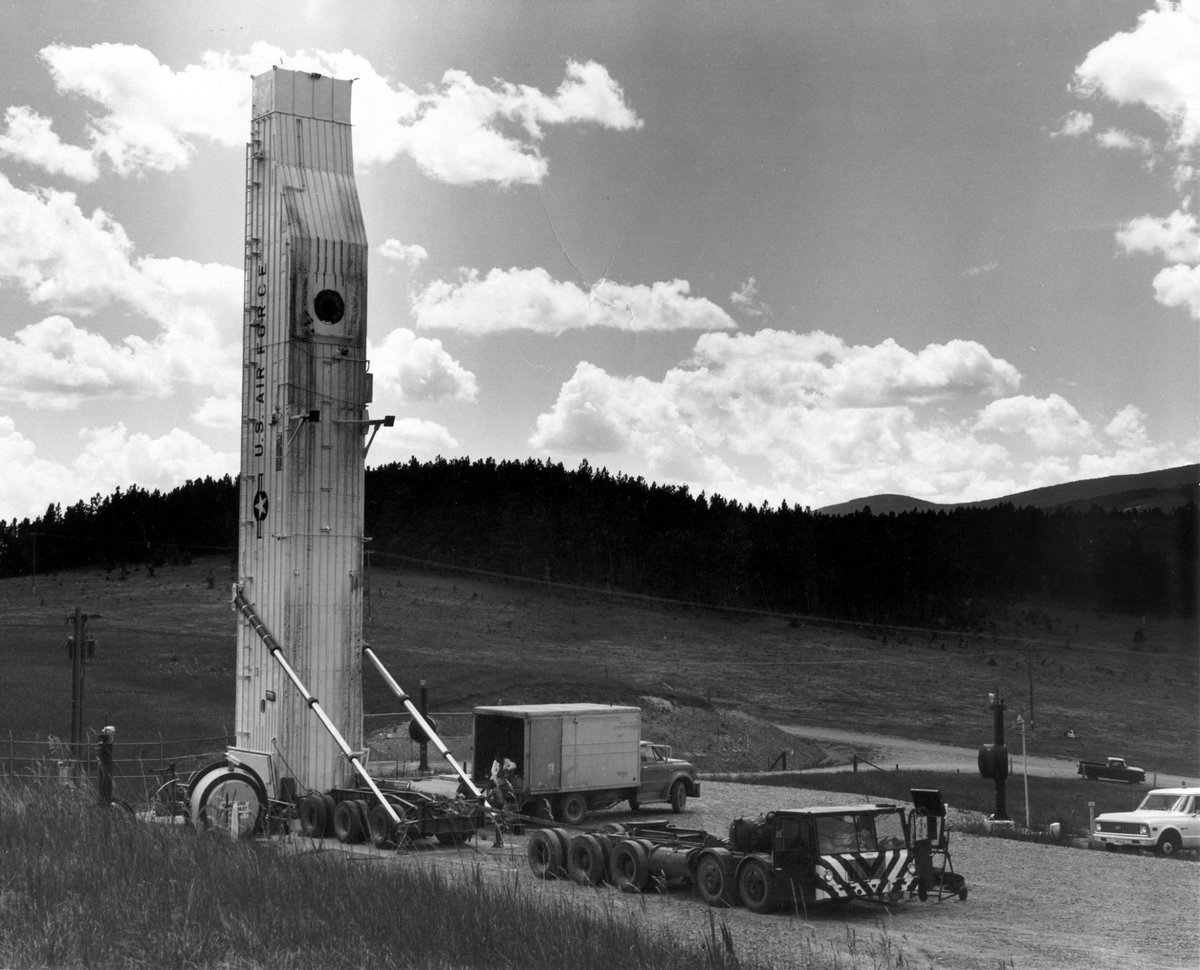
As Scott Sagan wrote in "The Limits of Safety," to make these ICBMs ready for war quickly (SAC went to DEFCON 2 on October 24), USAF personnel jury-rigged systems and improvised their own safety procedures. Said one, "I could have launched it on my own, if I had wanted to." 

At 11:19am EDT, over eastern Cuba, Soviet air defense forces at Banes shot down U-2 reconnaissance plane piloted by Maj. Rudolf Anderson, Jr., because they feared it would reveal 3 FKR nuclear-armed cruise missiles had been deployed just 15 miles from Guantanamo Naval Base. 



That evening, the Soviet Foxtrot-class submarine B-59 was sailing in international waters off Cuba when it was located by a group of 12 US Navy vessels. In order to identify it, the ships began dropping signaling depth charges to force it to the surface. nationalgeographic.com/news/2016/03/y…
Submarine B-59 had been unable to surface for four days and was consequently excessively stuffy and full of CO2. And because it was not designed for tropical conditions, temperatures in the boat were almost unbearable, ranging from 122˚ F to 142˚ F. 

To remain hidden from US forces, B-59 was sailing too deep to monitor radio traffic. So no one aboard knew if the crisis had escalated into an actual war. Exhausted, confused, and rattled by the depth charges, the captain wanted to launch a nuclear torpedo at his tormentors.
Executive officer Vasili Arkhipov, 34, who was also the commodore of the entire Soviet submarine flotilla in Cuba, refused to authorize the torpedo launch and—following an argument—convinced Captain Valentin Grigorievitch Savitsky to relent, surface, and await further orders. 

The incredible story of the B-59 and Vasili Arkhipov was very effectively dramatized in this October 2012 episode of “Secrets of the Dead”:
On top of everything else, the US and the USSR each conducted atmospheric nuclear tests today in 1962. The US test—Calamity (part of Operation Dominic)—involved an 800-kiloton device airdropped and detonated at 11,780 feet 164 miles SE of Johnston Island.
The Soviet test—codenamed 192—involved a 260-kiloton device airdropped and detonated 5,090 feet above Area C at the arctic archipelago of Novaya Zemlya. 

The Cuban Missile Crisis ended the next day—October 28, 1962—when Khrushchev announced on Radio Moscow that all Soviet nuclear missiles in Cuba would be dismantled and removed. (It was only decades later that we learned there were also 158 Soviet nuclear warheads in Cuba.) END 



Maultsby's mistake made the New York Times front page the next morning, after Khrushchev disclosed the incident in a letter to Kennedy. Neither leader specified the type of aircraft involved and Khrushchev politely but firmly stressed the risk to peace such flights entailed. 

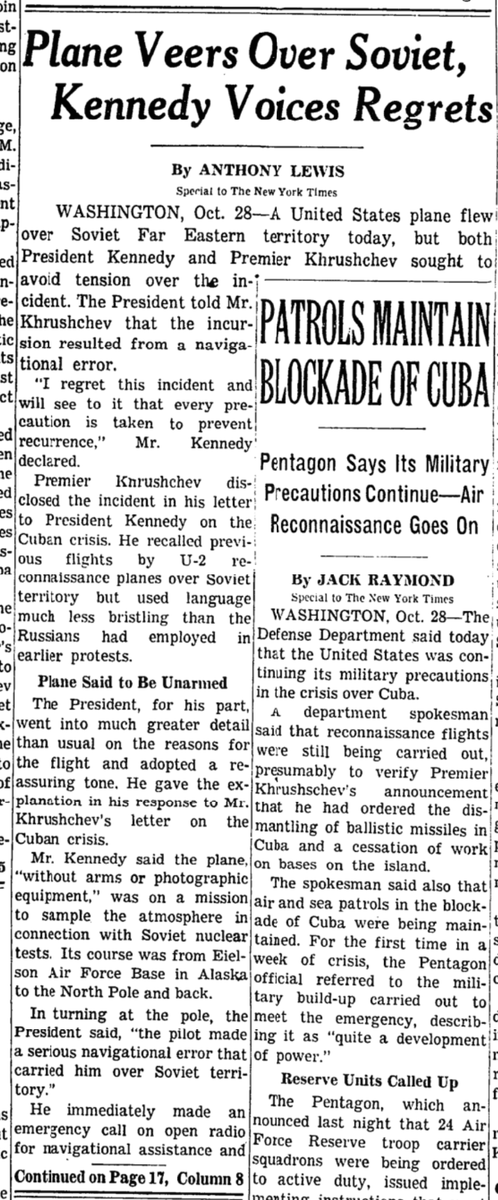

• • •
Missing some Tweet in this thread? You can try to
force a refresh








